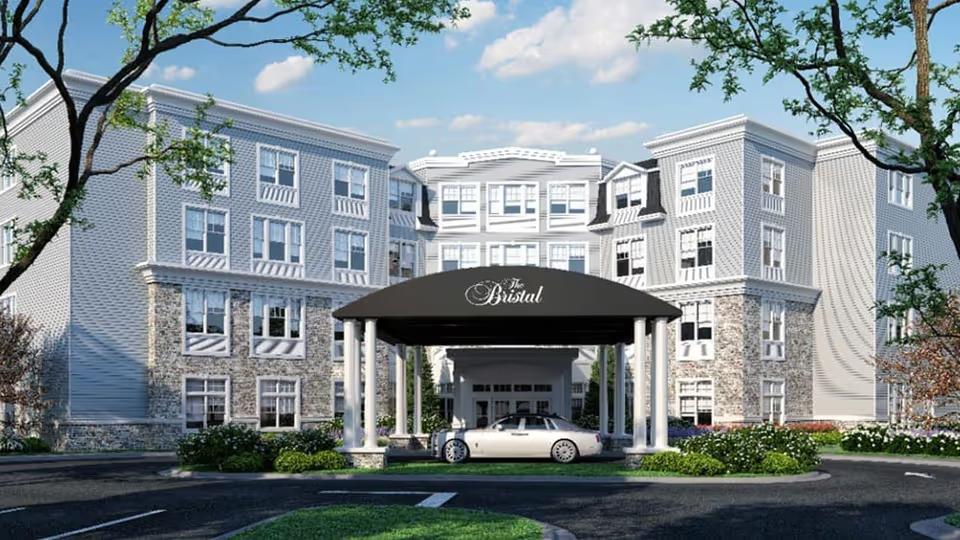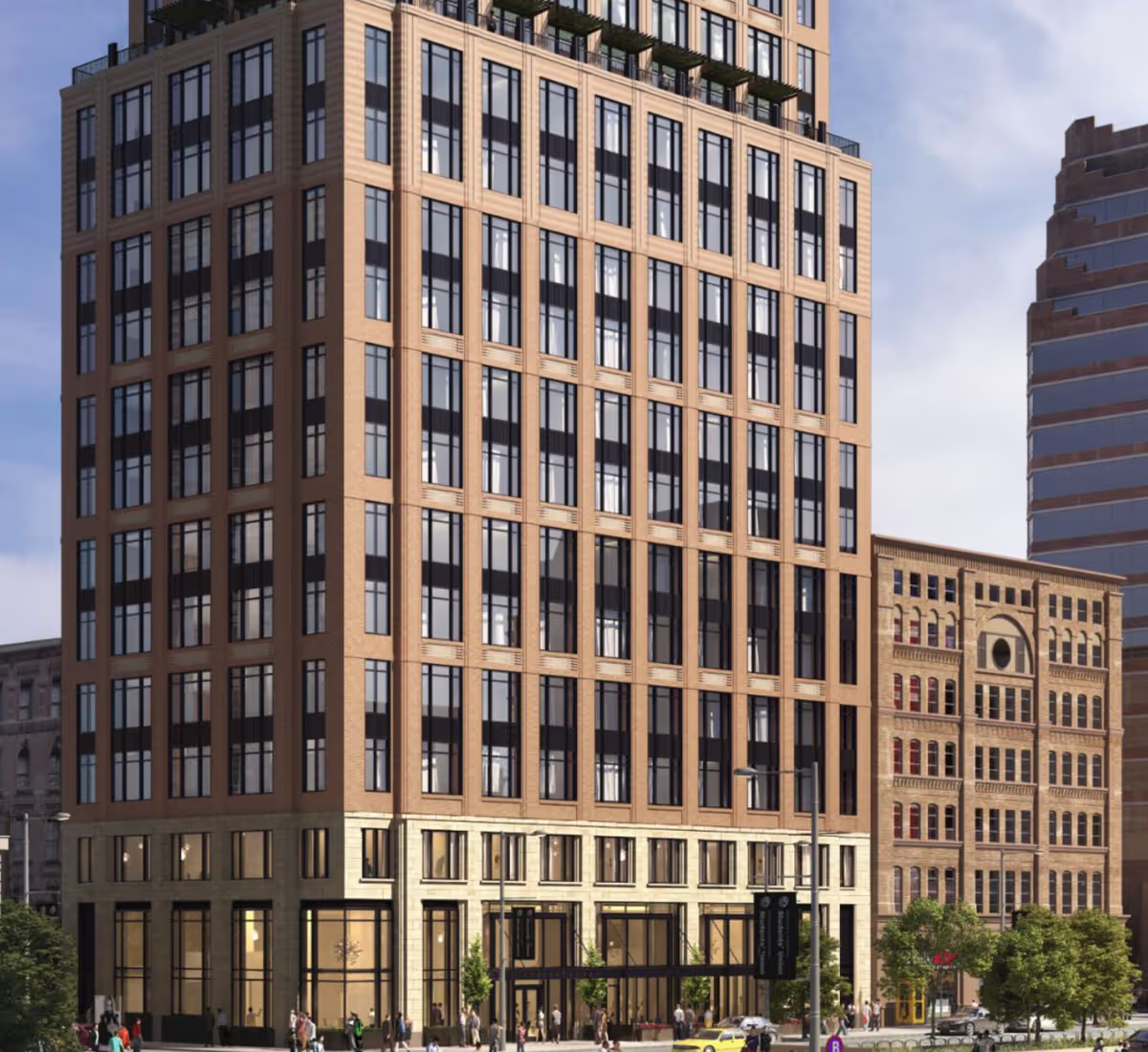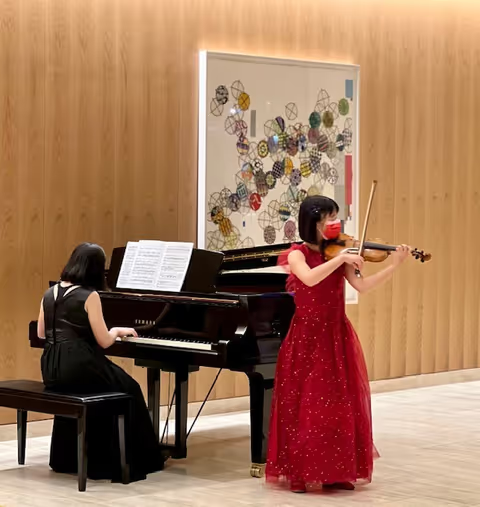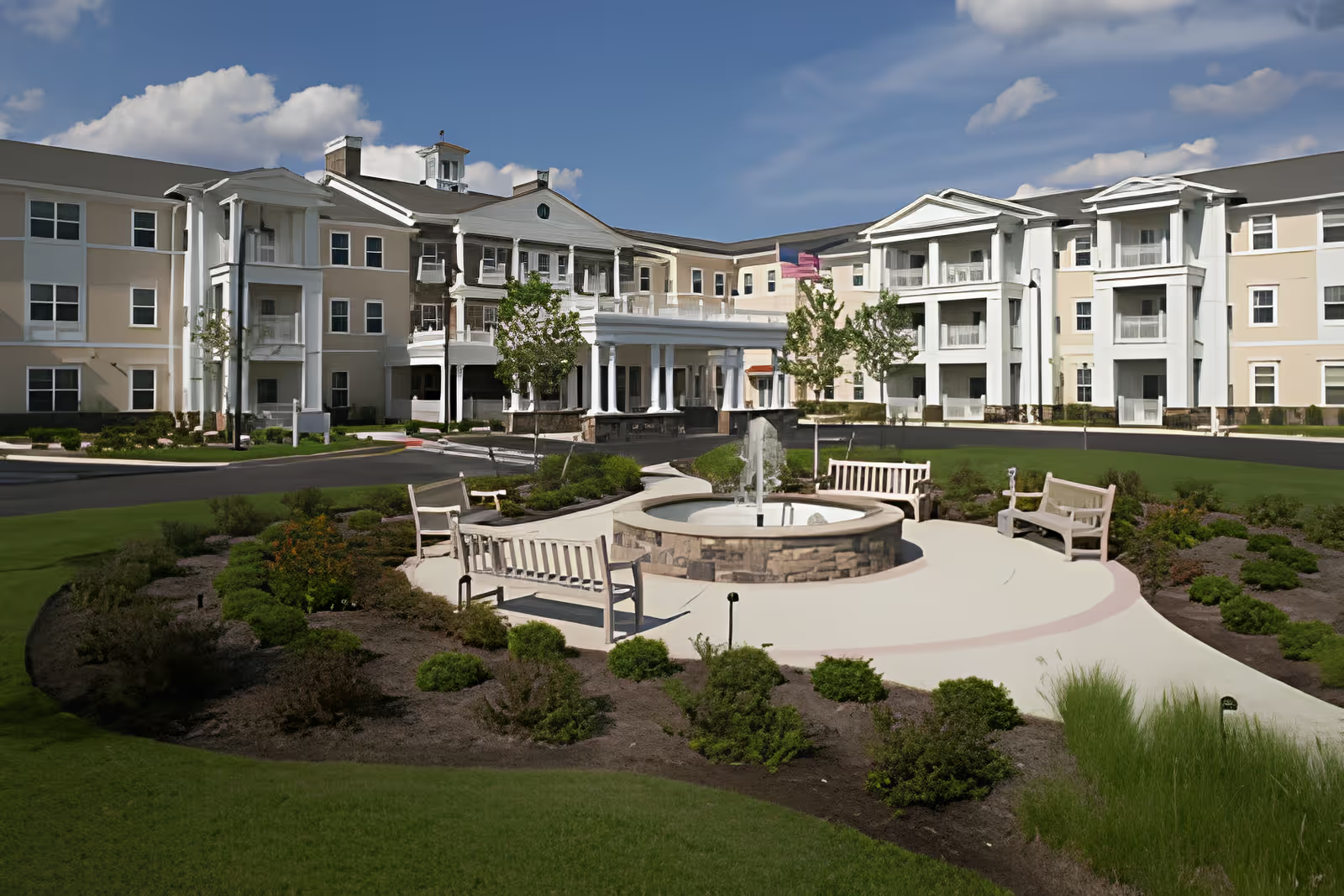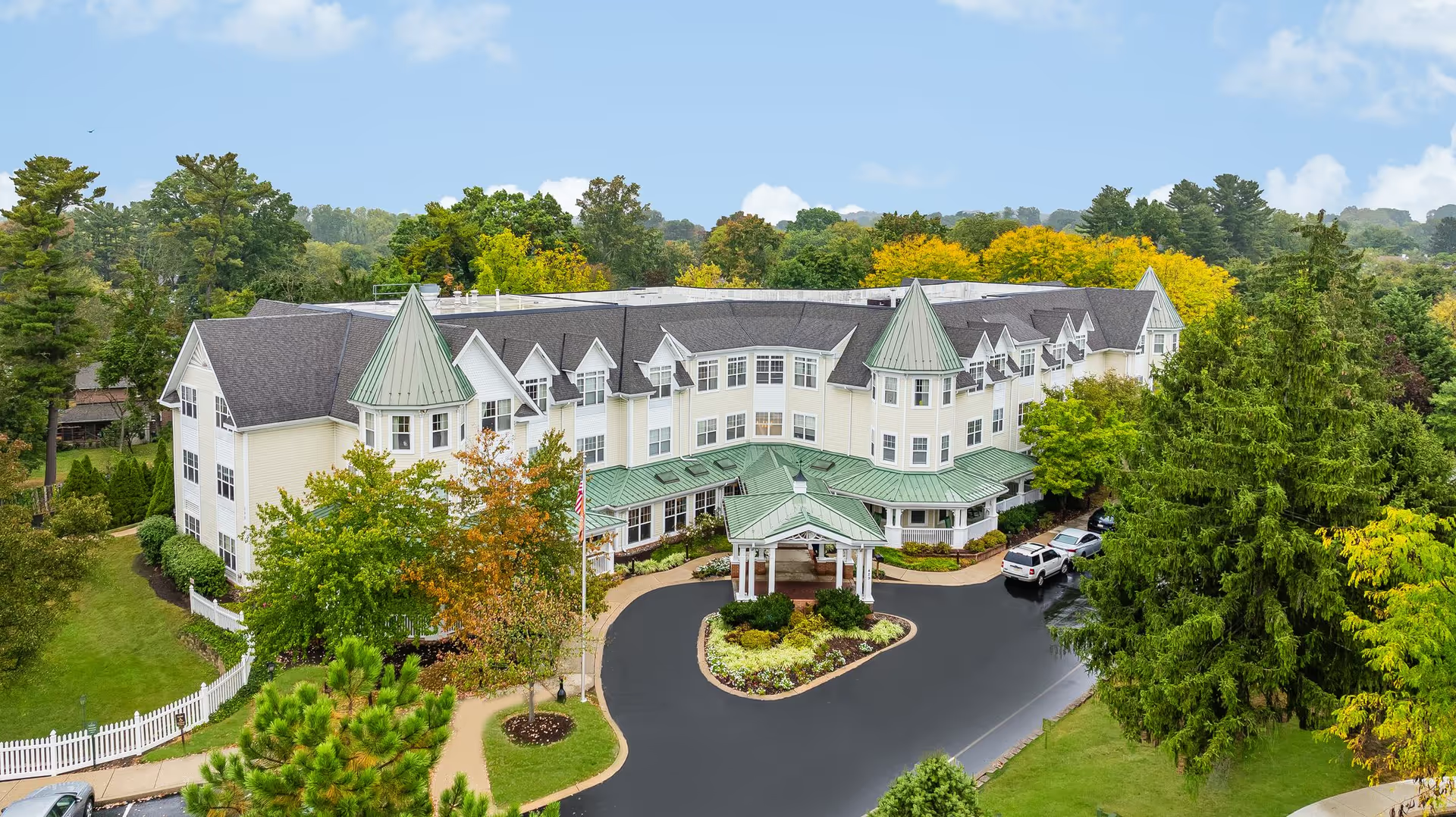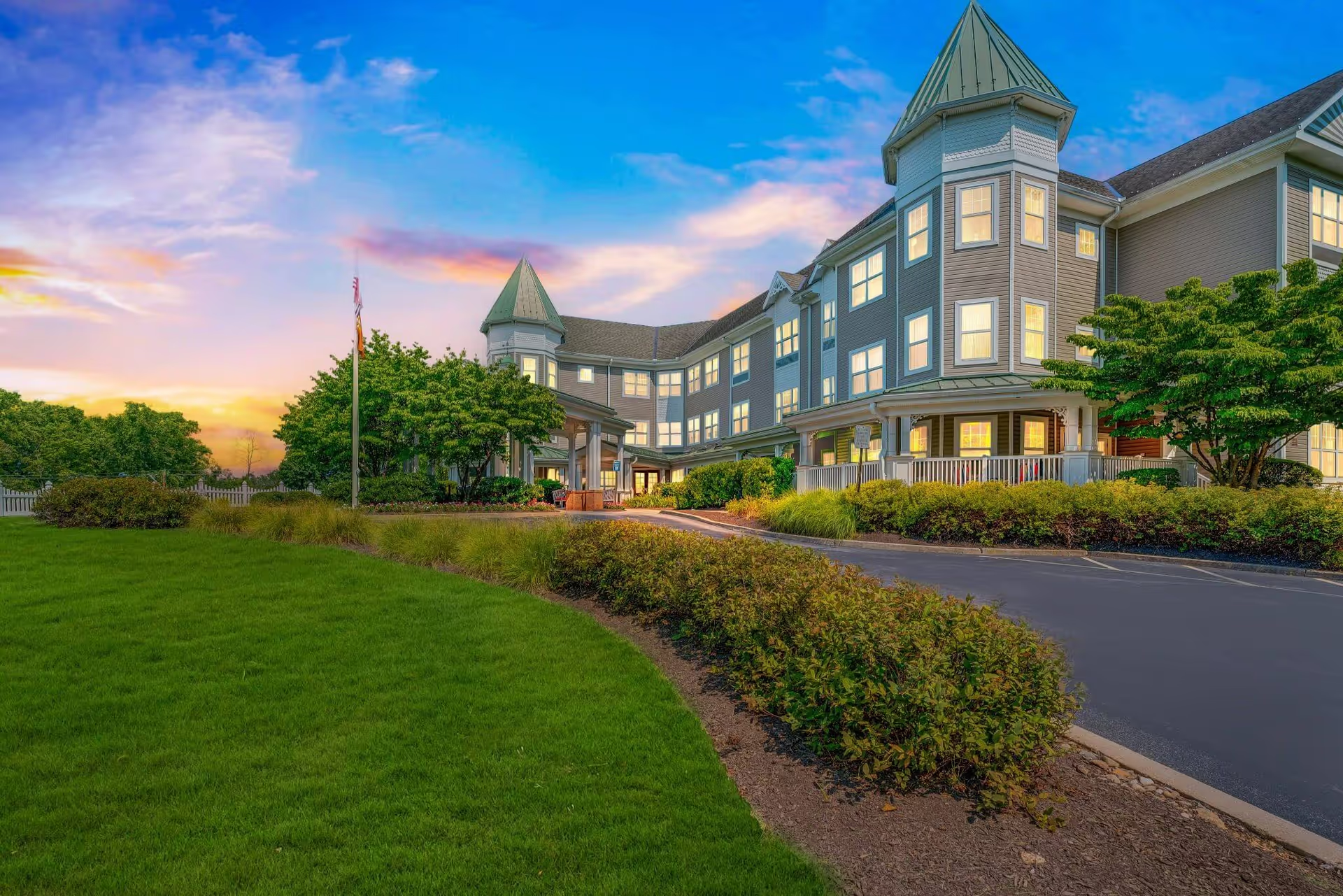Overall sentiment across the reviews is mixed but leans positive: the majority of comments praise Arbor Terrace Mountainside for its attractive, modern, hotel‑style facility, active social life, and many caring, dedicated staff members. Multiple reviewers emphasize well‑maintained common areas, spacious and bright apartments, and thoughtful amenities (courtyard views, accessible bathrooms, all‑day dining). The community’s activity programming receives recurring praise — live music, games, exercise classes, crafts, and meaningful one‑on‑one engagement were repeatedly cited as contributing to resident well‑being and improved mood and function. Several families also reported strong clinical outcomes after rehabilitation and therapy services (physical and occupational therapy), with residents regaining mobility and appetite and participating in social activities again.
Staff and leadership are frequently noted as strengths. Many reviews single out individual caregivers, nurses, and directors by name (for example, Stacey Gunderman, Rachel McGuirl, Maryam, Madeleine, Janelle, and leadership including Nicholas/the Executive Director), describing them as compassionate, hands‑on, communicative, and effective at coordinating transitions. Numerous families compliment the site’s infection control and COVID‑safety — several reviews mention no positive staff or resident cases and proactive measures. Communication mechanisms such as weekly emails and bi‑weekly Zoom meetings were cited as helpful for families who want regular updates, and many reviewers described seamless move‑ins and rapid set‑up of therapies and care plans.
However, there are notable and serious negative reports that create a pattern of variable quality. A subset of families recounts troubling clinical incidents: falls, injuries (including a hip fracture after a fall in the dining room), UTIs, and subsequent hospitalizations. Some of these accounts describe delayed clinical response, wrong information from nursing staff, long intervals without checks after crises, and recommendations to pursue hospice without perceived compassion. These reports suggest lapses in supervision, timeliness of clinical action, and communication in specific cases. Related safety concerns include an unsecured exit door with an alarm, an elopement incident with inadequate reporting details, and perceptions that staffing levels are insufficient for residents needing close, 1:1 supervision.
Opinions on the memory care and assisted care units (Bridges and Evergreen) are mixed. While multiple reviewers praised compassionate memory care and smooth transitions within the community, others reported poor quality care in Evergreen relative to cost, moves that were not discussed with family members, and even alleged forced relocations to make room — sometimes accompanied by significantly higher fees (one reviewer mentioned an extra $2,000/month). These conflicting reports indicate that experiences can differ widely depending on unit, timing, and individual circumstances.
Dining and food quality also show a split picture. Several reviewers enjoyed the dining options, praising variety and pleasant dining spaces, but a comparable number complained about poor food quality, cold or unappetizing dinners, missed meals still being billed, and long‑standing kitchen complaints that they felt were not addressed. Cost and billing concerns recur in other ways as well: beyond the reported unexpected unit charges, reviewers mention high pricing, corporate‑driven fee increases, limited room options (and undesired room sharing), and a sense from some families that the facility is expensive for the care received.
Management and responsiveness are praised in many reviews — reviewers note proactive and approachable leaders, good family communication, and strong teamwork. Yet a significant minority reports the opposite: management that did not resolve serious concerns, dismissive responses to complaints, or an organizational culture that felt corporate and unresponsive. There were also isolated allegations of pressure to solicit/post positive reviews. These contradictions suggest variability in local management responsiveness or different expectations and thresholds among families.
In summary, Arbor Terrace Mountainside presents as a high‑quality, attractive senior living community with many committed staff, strong programming, good infection control, and numerous success stories of improved resident function and satisfaction. At the same time, reviewers report inconsistent care outcomes, with a number of serious safety and clinical concerns that merit attention: falls and injuries, staffing shortfalls for high‑need residents, mixed experiences in memory care units, variable food quality, and occasional managerial lapses in addressing family complaints. Prospective residents and families should be encouraged by the many positive accounts but also advised to: (1) ask specific, written questions about staffing ratios and supervision for higher‑need residents, (2) clarify policies and costs for unit transfers and memory care moves, (3) inquire about recent safety incidents and exit door/elopement protocols, (4) request examples of clinical escalation procedures and response times, and (5) sample dining and meet multiple direct caregivers. These steps will help families better predict whether the community’s strengths will align with their loved one’s needs and mitigate variability reflected in the reviews.
